1917 Chevrolet Series D

If you bought a car with a V8 engine, you'd expect it to be a lot more powerful than one with a four-cylinder but that wasn't the case with the Chevy Series D. The V8 engine in the car actually produced less horsepower than Chevy's four-cylinder engine.
Generating just 36 horsepower, Chevy's first V8 was a big joke. It was such an enormous fail, in fact, that they wouldn't introduce a new V8 until 37 years later. The Series D was only produced from 1917 to 1918.
1923 Chevrolet Series M

In 1923, the Chevrolet Series M was another fail for Chevy. Individual air-cooled cylinders were fitted with copper fins, designed to be an alternative to water-cooled engines. But as practical as it seemed, it was plagued with problems and frankly, just didn't work.
Overheating was a tremendous problem with the Series M. the vehicle would dangerously overheat in hot weather and was a huge safety concern. Only about 500 of the cars were built and recalled. At least you tried.
1955 BMW Isetta

The 1955 BMW Isetta is nothing like the BMWs you see out on the road today. It was one of the ugliest things you have ever seen. And you may be thinking, "oh, but isn't it about what's on the inside that really counts?" And you would be right if the Isetta had something more to offer but it didn't.
The Italian-designed microcar had a hugely impressive fuel economy of 78 mpg thanks to its one-cylinder engine and that was its only gimmick. The fact is that a 12hp engine is completely impractical, especially when it takes you 30 seconds to go 31mph. frankly, we'd prefer to walk.
1956 Renault Dauphine
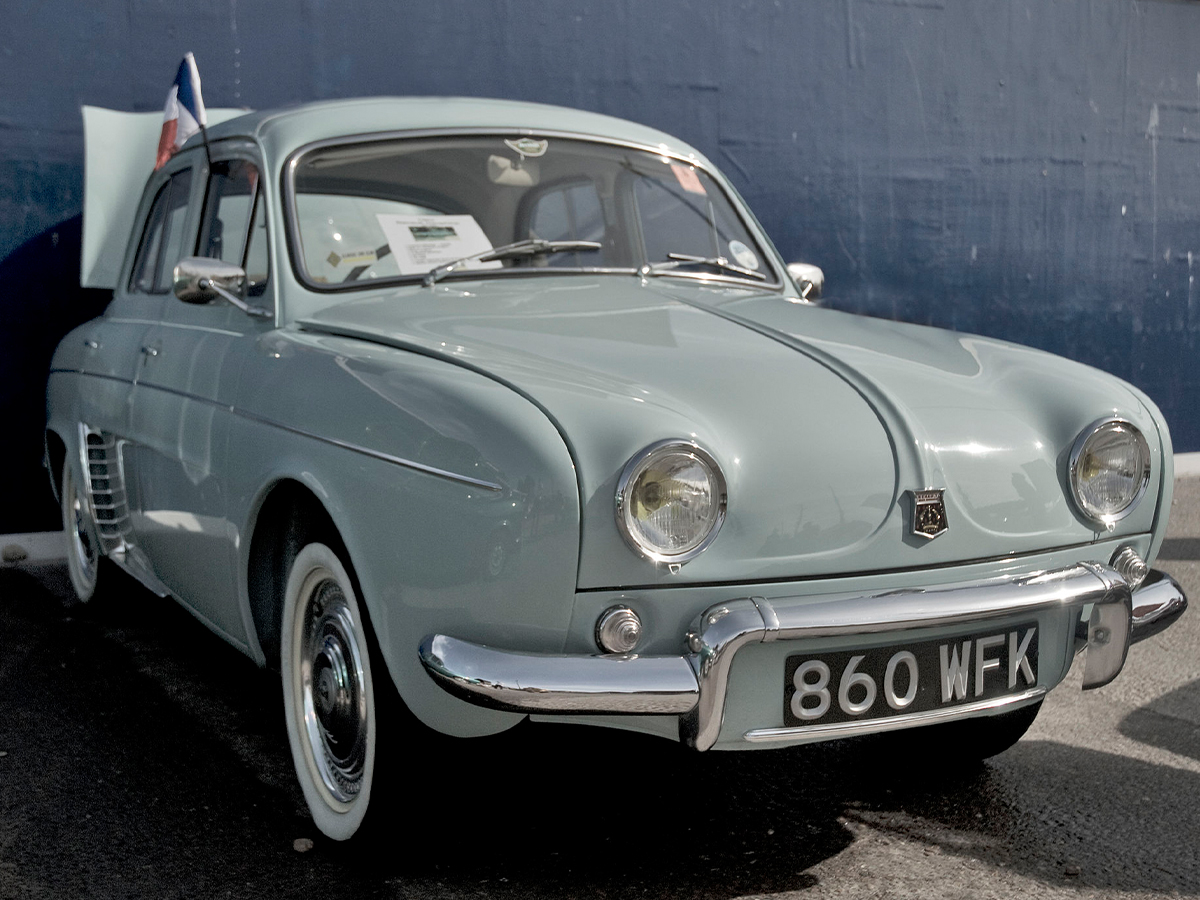
The 1956 Renault Dauphine was the slowest piece of junk the mid-20th century had to offer. It featured a rear engine that generated just 32 horsepower. If you can't quite grasp how slow that is, imagine it taking you a full 32 seconds to catch up to speed on the freeway.
Did you die? Yes. At least you would today. The slow heap was cheaply made though, which made it appealing to drivers at the time.
1957 Trabant
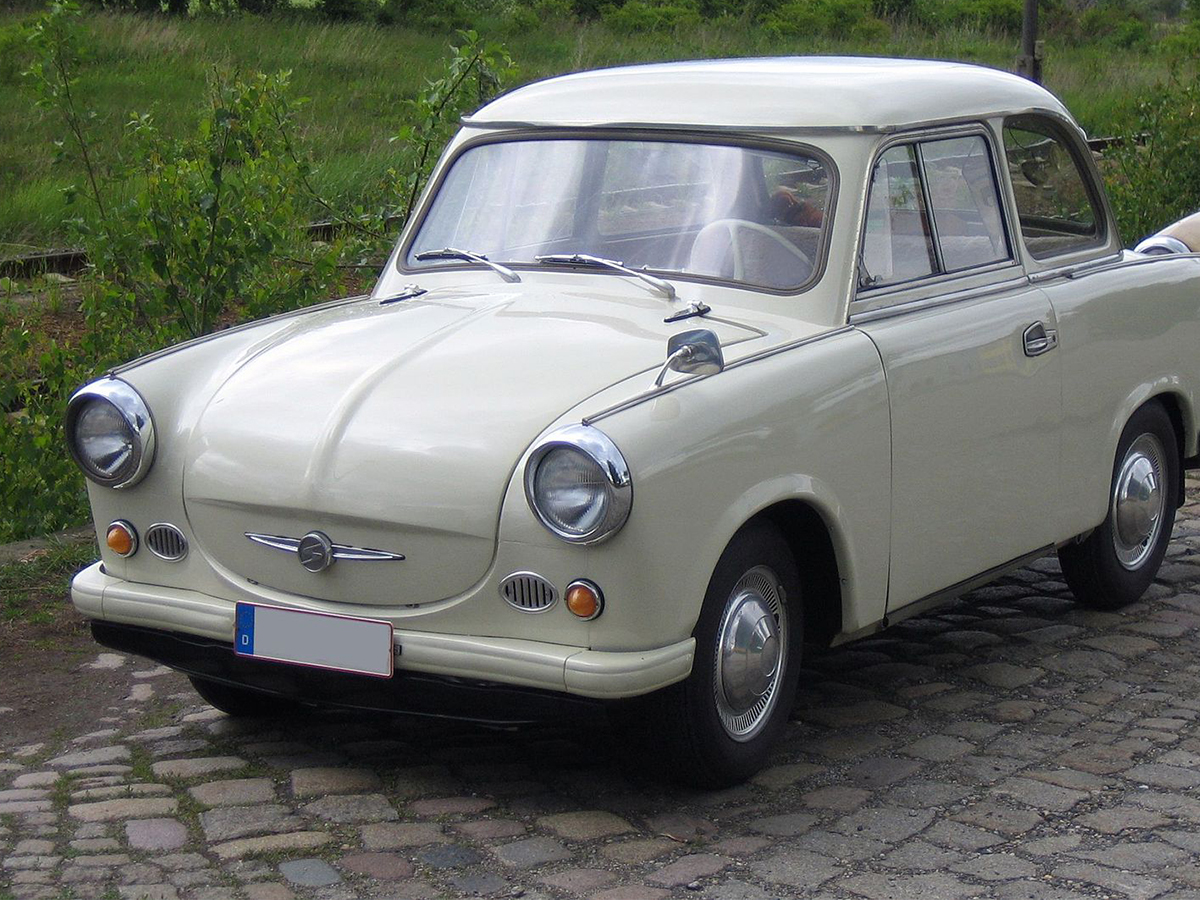
The 1957 Trabant P50 was a car built for communists, introduced in East Germany in 1957. It featured an outdated two-stroke engine and a duroplast body. It was also difficult to get because of production shortages.
The front-wheel-drive vehicle had 18 hp and was pretty bare bones. If you think about the most boring car you could possibly drive and then strip that of any possible excitement or joy, you are left with the Trabant. Plus, it didn't have brake lights or turn signals. Luckily, we Americans never had the misfortune of driving it and that's a win for democracy.
1960 Chevrolet Corvair
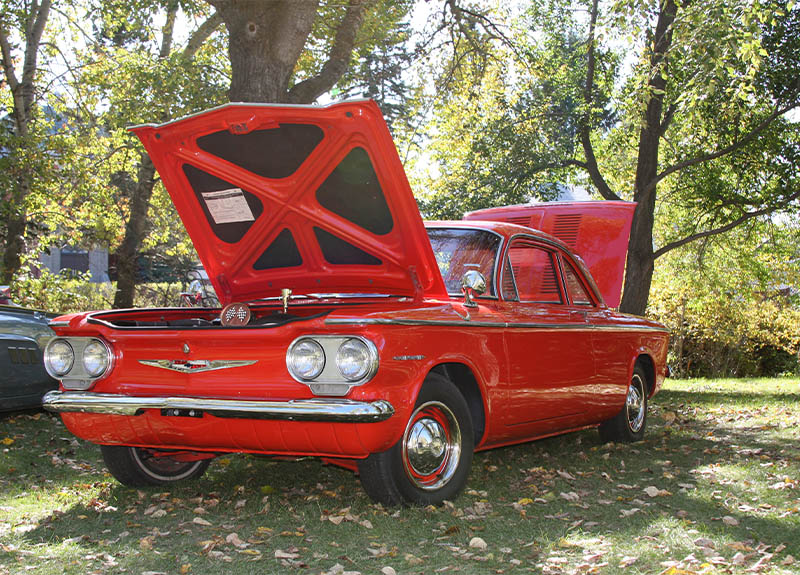
The 1960 Chevrolet Corvair is the perfect example of why you just don't put the engine in the back. The rear-engine Corvair would easily spin out due to heavy weight placed in the back of the car and its wheels.
Chevy's pathetic attempt to compete with the Volkswagen Beetle was a danger to drivers. Whether you oversteered or understeered, you were in big troubled. Allegedly, over 100 lawsuits were filed over Corvair crashes. Sales dwindled.
1968 Volkswagen 411/412

The 1968 Volkswagen 411/412 were the ugliest Volkswagens to hit the market. The large, bulky and uncomfortable Type 4 Volkswagen featured rear-mounted air-cooled engines. The Type 4 was only produced from 1968 to 1972.
The 1679 cc engine featured twin carburetors and VW claimed that the vehicle could achieve a maximum of 80 horsepower. What was the worst problem? The air-cooled engine could catch fire. Shortly after, the 412 replaced it and it was just as terrible.
1971 Chevrolet Vega

The 1971 Chevy Vega certainly offered decent stats and features for its time, but the problem was the Vega was loaded with mechanical problems. The vehicle's aluminum engine was ultra-cheap and riddled with problems. With the Veg, Chevy failed to meet their cost and vehicle weight goals. It cost more than a VW Beetle at the time and it was 200 pounds too heavy.
While critics liked the Vega at first, it became clear over time that the quality control was just not there. In 1972, the Vega was recalled because the rear axle shafts would separate from their housing, which meant the wheels would fall off!
1971 Ford Pinto

The 1971 Ford Pinto is an all-time classic dumpster fire. First introduced in '71, the Pinto would literally burst into flames, even at low-speed collisions. This was because the poorly designed gas tank would rupture during collisions.
Various reports have suggested that there were as many as 180 deaths resulting from the Pinto fuel tank fires. Despite the incidents, Ford refused to recall the Pinto concluding that it would be more cost-effective to let people die and pay victim settlements than it would reinforce the rear-end of every Pinto. You know - because human lives aren't important or anything.
1974 Jaguar XK-E V12 Series III

In 1961, the E-Type was a beautiful sportscar that could hit 150 mph and drive as smooth as butter. The 1974 Jaguar XK-E V12 Series III was a whole other story. This car had a poorly-designed body and a massive 5.3-liter V12 that was difficult to maintain and tune.
The new E-Type was completely impractical but at least it could go from 0 to 60 mph in under 7 seconds. Unfortunately, it was heavy at the nose and had some hideous rubber bumpers. Who would pay money for this thing?
1978 Dodge Challenger

With a name like Challenger, you'd expect the quintessential muscle car but the reality was very different. The 1978 Challenger featured a 2.6-liter four-cylinder engine that really struggled to output 105 horsepower. And that was the higher end trim.
The base model featured a 2.0-liter engine that delivered only 77 hp. The '70s were just not a great year for sportscars, muscle cars, or anything of the like.
1979 Oldsmobile Cutlass Supreme Diesel
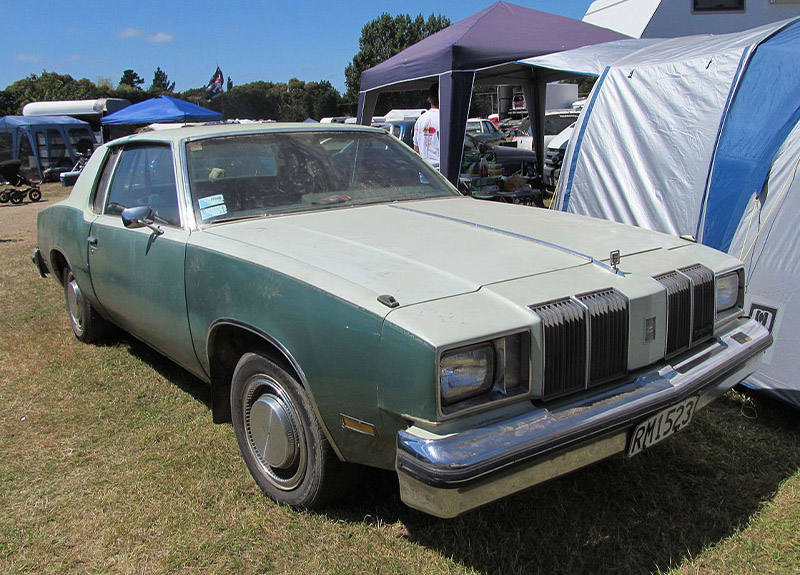
The 1979 Oldsmobile Cutlass Supreme Diesel was one of the first attempts by the US to produce a diesel engine. It happened because of the 1973 oil crisis. The Diesel version of the Cutlass Supreme featured underwhelming power and a myriad of other problems.
Not quite there with the technology, the US diesel engine was a disaster. The engine could achieve up to 90 horsepower but not without exploding. If your car didn't blow up, it might at least break down.
1980 Chevrolet Corvette 305
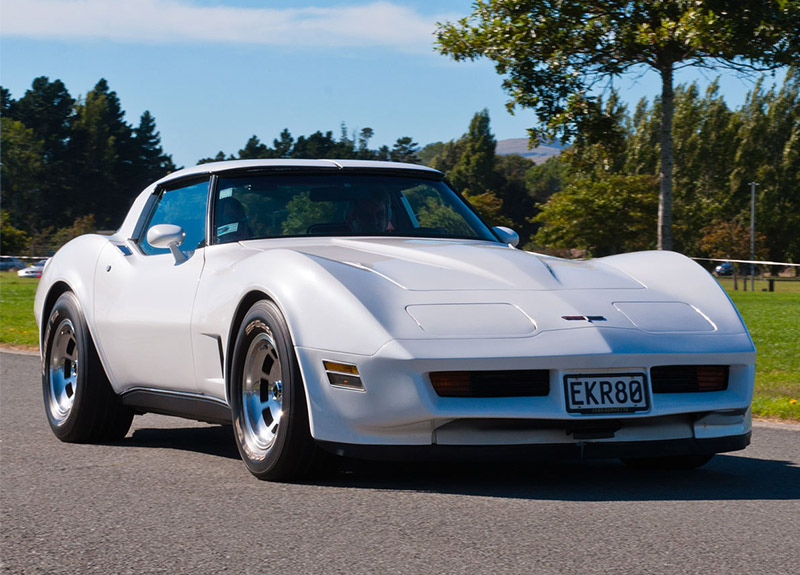
The 1980 Chevrolet Corvette 305 was the worst Corvette in history. Everything you expect a Corvette to be, this model stripped it down and kicked it repeatedly until it was a sad shell of its former self. State emission regulations neutered the vehicle in a number of different ways.
For one, the V8 engine it was equipped with only generated 180 horsepower. To make matters worse, you could only get it with an automatic transmission. So, if you wanted to spend a ton of money for a car and not have any fun driving it, the Corvette 305 was the perfect option.
1981 Cadillac V8-6-4
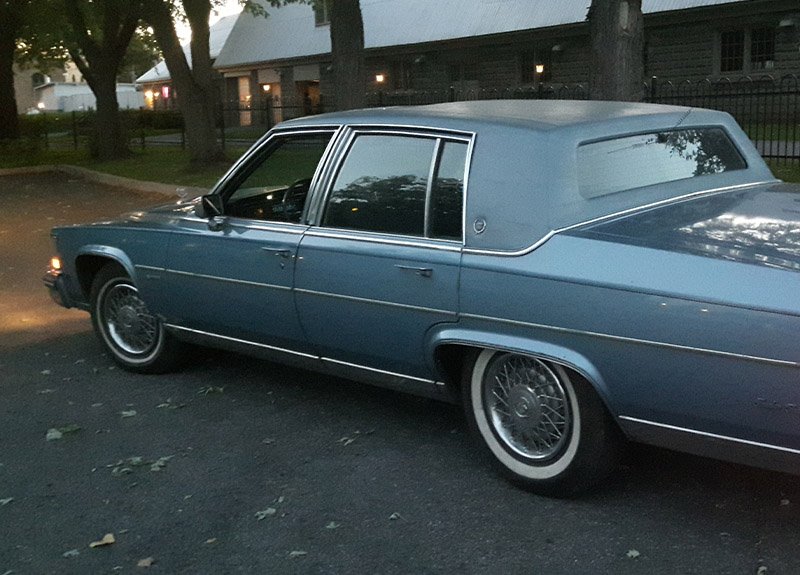
The 1981 Cadillac V8-6-4 engine is undoubtedly one of GM's worst creations. They featured the engine on numerous Cadillac models in 1981, including the DeVille. The engine could deactivate cylinders while cruising in order to save fuel.
Although it sounds good in theory and is similar to what many V8s offer now, the technology of the time just wasn't where it needed to be. Deactivation and reactivation were slow, so vehicle performance was bad.
1981 DMC DeLorean
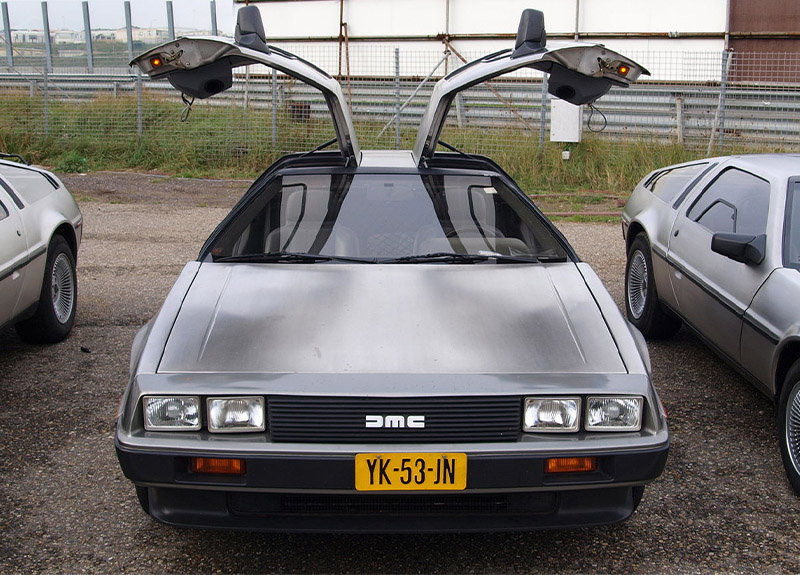
Sorry, Back to the Future fans, the time-traveling car may have been cool in the movie but the real-world version was much less impressive. Frankly, the ability to go back in time would have been the only thing that could have saved it from being a complete and utter failure. The DeLorean, in and of itself, is a joke in the movie.
The DMC DeLorean was the only car ever produced by the DeLorean Motor Company. The sportscar featured a 2.85 L V6 engine with an output of 130 horsepower. The weak engine offered lousy performance all around. On top of this, the build suffered from numerous mechanical issues. All of this came at a pricetag of $25K, which when adjusted for inflation would be around $70K. Great Scott!
1982 Cadillac Cimarron

The 1982 Cadillac Cimarron was a lame attempt to compete with small luxury models from European automakers like Mercedes-Benz and BMW. Rather than create a new car, they remarketed an old one.
Rebranding a fully-loaded Chevrolet Cavalier, the Cimarron was the same car at twice the price. The four-door vehicle featured a four-cylinder engine that produced 88 horsepower. The deception continued until 1988. Talk about shady!
1982 Chevrolet Camaro
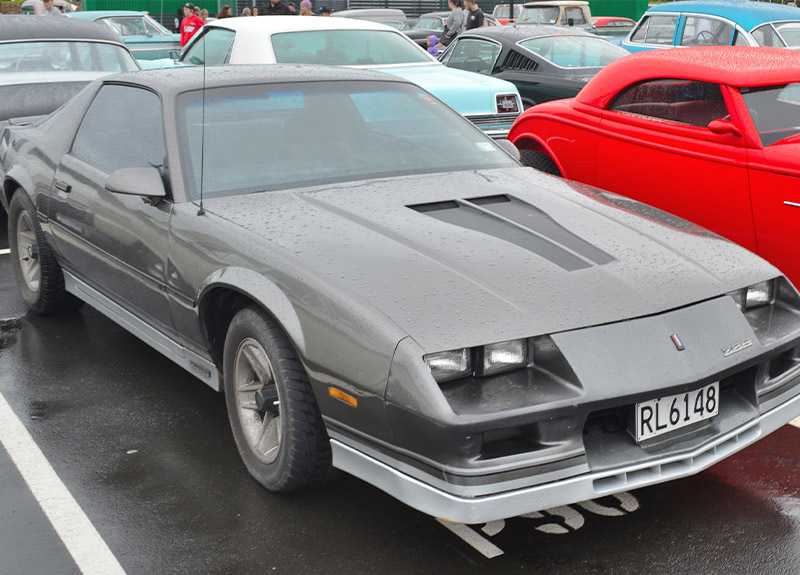
The 1982 Chevrolet Camaro was the third generation Camaro, a well-established all-American muscle car. Nevertheless, the 1982 Camaro was a completely new thing. Aesthetic changes included a large rear window and a windshield with a 62-degree recline. Inside the rear seat could fold down to expand cargo space.
The 1982 model was the first time the Camaro offered a hatchback-style body. It also had a weak 2.5L four-cylinder engine that generated just 90 horsepower, which was not even good for its time. It was so measly and slow that it actually took 20 seconds to get from 0 to 60 mph. Between the Cimarron and the Camaro, 1982 was a sad time for America.
1985 Yugo GV
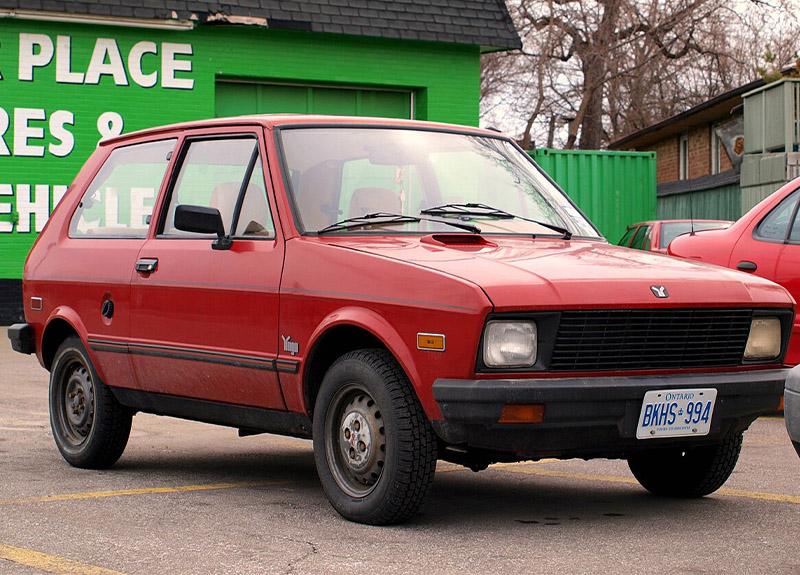
The 1985 Yugo GV is one of the worst cars in every regard. Not only is it hideously disgusting in terms of appearance but it's just as useless under the hood. In 1987, it had a sticker price of about $3,900. For some perspective, that's about $9,000 today. But Yugo GV drivers certainly got what they paid for - garbage.
The quality of the Yugo GV build was completely non-existent. Sure, it held together when parked but if you tried to drive it anywhere, you would experience terrible road performance until it finally broke down. The electrical system of the car would short circuit, the engine would explode or parts would practically fly off as you were driving.
1987 Cadillac Allante

One of the biggest commercial failures for GM was the 1987 Cadillac Allante. It sold as little as 5,000 models every year until it was discontinued in 1993. "But what was wrong with it?" - you may ask.
The Allante offered horrible performance and ultimately costly design flaws. The vehicle only achieved 170 horsepower, while carrying a weight of 3600 lbs. This meant that it was exceptionally slow, traveling from 0 to 60 mph in 10 seconds. The convertible design had a top that leaked, and the Bosch anti-lock brakes were extremely flawed and expensive to repair or replace.
1989 Ford Thunderbird

The 1989 Ford Thunderbird is not only one of the worst cars of all time, but it was the beginning of the end for a beloved classic. This massive piece of junk was expensive, bulky, and much too heavy. To make matters worse, it only came with a V6 engine, so it was super slow.
Sure, the V6 engine made the Thunderbird more fuel-efficient, giving it 19 mpg in the city and 27 mpg on the highway, but fuel economy was never really the point of the Thunderbird. The 140 horsepower made the vehicle basically undrivable, so you needed to purchase the upgraded engine to really get it going.
1993 Ford Aspire
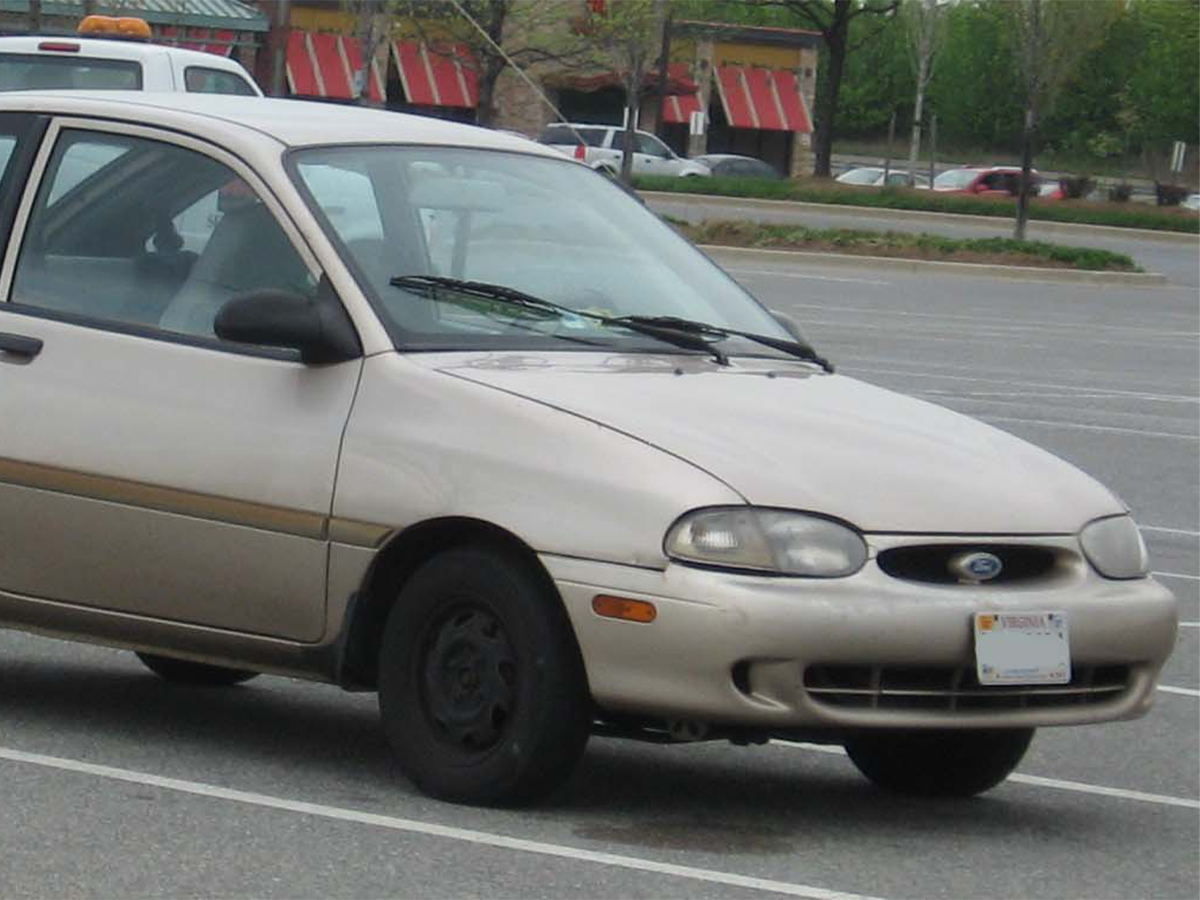
The 1993 Ford Aspire should have aspired to be a better car. Taking the wasted efforts of three major automakers (Ford, Kia, and Mazda), the Ford Aspire was a major letdown. The engine generated just 63 horsepower. It was sad.
On top of that, you had basically no features for your money. The optional features were a cassette player, a rear defroster, and an automatic transmission. The car at least came with manual roll-down windows - maybe.
1996 Ford Taurus

Once the Ford Taurus was one of Ford's best-selling vehicles but they decided to ruin all that with the 1996 model. For 1996, Ford gave the Taurus a disgusting redesign that killed everything everyone ever loved about the Taurus. While fuel economy and performance were okay at the time but nothing to be in awe over. The real problem was the new look.
The body of the vehicle rounded at every turn, making it look like a submarine rather than a car. Most drivers hated the new look so people stopped buying. It was just difficult to look at. Was it a terrible decision of Ford's part or an elaborate plan to sabotage the Taurus for good? You decide.
1997 Plymouth Prowler

The 1997 Plymouth Prowler was a sad attempt to make a retro-styled sports car with modern tech. The retro roadster featured a standard 3.5-liter V6 that was underwhelming, to say the least. But it was the perfect car if you were a poser.
Imagine opening a box of chocolates and discovering all the pieces were coconuts. That's what it was like to drive the Prowler that generated under 250hp. It looks like a hot rod but in reality, took over 7 seconds to go 60 mph. On top of that, it didn't even offer a manual transmission.
The EV1

You might say it was ahead of its time or you could more accurately say that it prematurely jumped on the electric vehicle technology. The EV1 was the first mass-produced electric car and it was totally ugly and turned many people off from electric cars for a long time.
The more significant problem was that it was not practical. The first-generation EV1 in 1997 claimed to have a range of 70 miles to 100 miles. It also outputted only 137 bhp, which is not nearly as fast as modern electric vehicles are capable of now. On top of this, you could only lease the vehicle and it would cost you as much as $549 per month.
2001 Pontiac Aztek
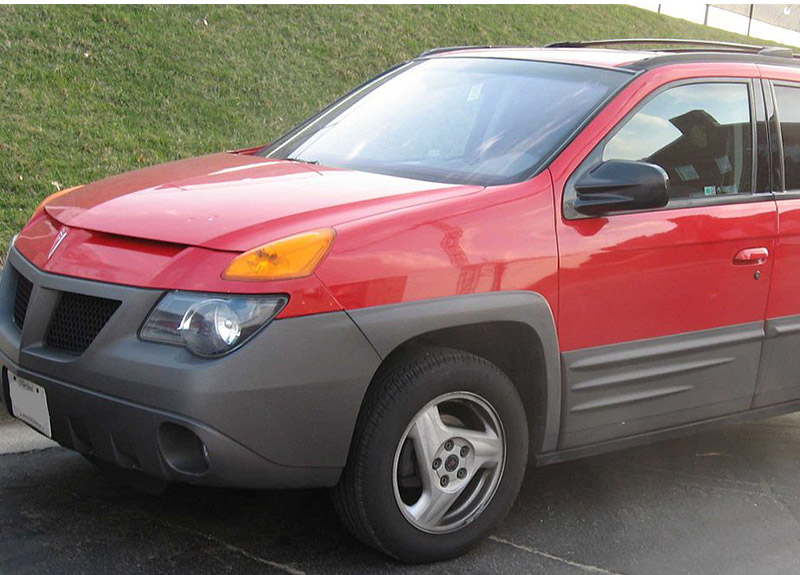
The 2001 Pontiac Aztek is widely considered to be the very worst car ever made. But we disagree. We'd say it's just one of the worst because we are so nice.
The Pontiac Aztek just had so much working against it. It was overpriced, made of cheap materials, and difficult to drive. Visibility in the back was almost non-existent. On top of that it featured grotesque plastic cladding on the body.
2003 Hummer H2
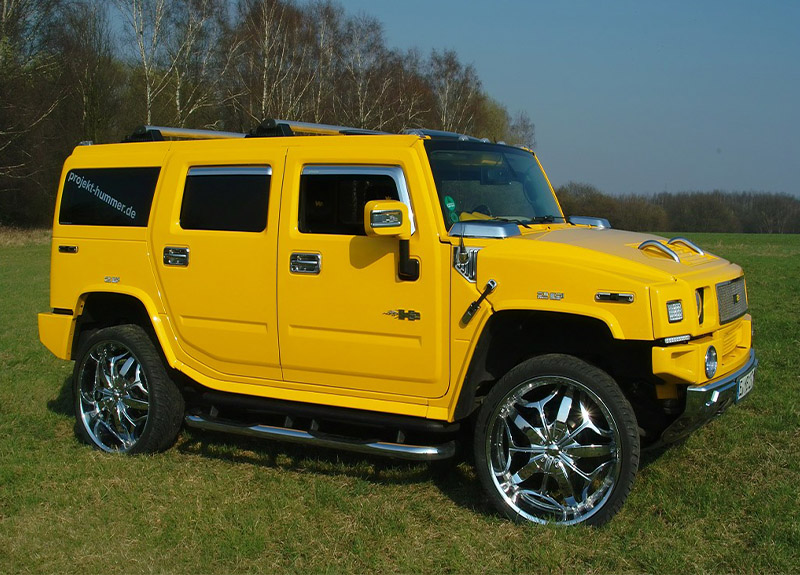
Designed for military rejects, Arnold Schwarzenegger, and fragile dudes, this massive tank was completely unnecessary. In no universe, was a Hummer needed or required for civilian life. But alas, the H2 was made.
The 2003 Hummer H2 had the worst possible fuel economy you could imagine: 10 mpg. This is largely due to the vehicle's weight. The V8 engine delivered only 316 horsepower and took 10 seconds to reach 60 mph. As impractical as the vehicle was, at least you got a ton of standard features.
2003 Saturn Ion

The 2003 Saturn Ion was terrible—that's the short version. The long version is that it was poor quality, noisy, offered poor performance, had and a cheap interior. It generated just 140 horsepower and had awful driving dynamics. It also marked the beginning of the end for Saturn, which ceased production in 2009.
The 2003 Ion was such a piece of junk, in fact, that it had to be recalled 12 times. The faulty ignition switch was actually responsible for the death of 13 people. It is consistently ranked among the top 10 worst cars ever made.
2007 Jeep Compass
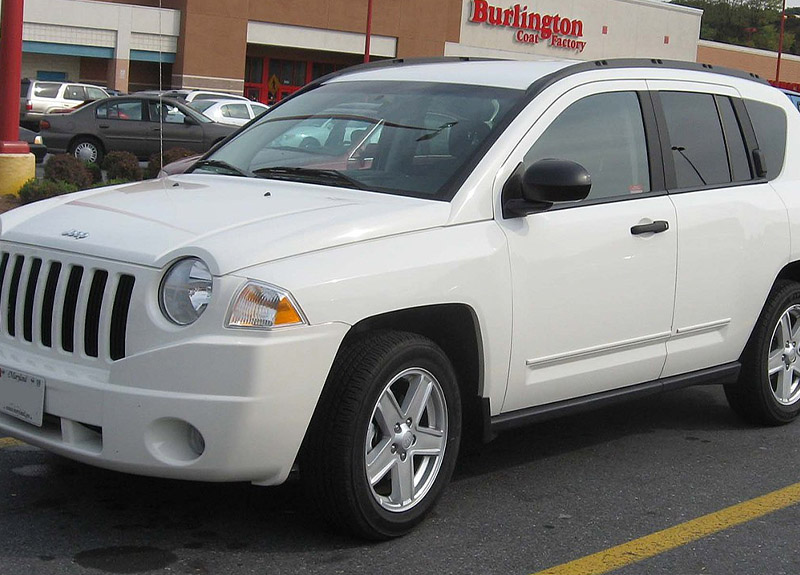
The 2007 Jeep Compass was one of the first crossover SUVs to hit the market. However, you could hardly call it groundbreaking. It was poorly designed, inside and out, and worst of all, it offered little to no off-road ability, which is what owning a Jeep is supposed to be all about.
The 2007 Compass was produced until 2016 but it never really got any better. The four-cylinder engine offered good gas mileage (26 mpg city and 30 mpg highway) but generated just 172 horsepower. Designed as a front-wheel drive vehicle, the Compass was doomed from the start and had totally misleading base trim name: Sport.
2007 Dodge Caliber

The 2007 Dodge caliber was another truly awful vehicle. Designed to replace the Neon, the Caliber came up short in a lot of ways. For one, it had a shoddy interior. It also offered lifeless performance and no style.
Getting 28 mpg in the city and 32 mpg on the highway, the fuel economy was alright. The problem was that the base 1.8 L four-cylinder engine provided sluggish acceleration. Additionally, the poorly designed interior made getting in and out of the Caliber difficult and uncomfortable.
2013 Dodge Dart

If there is one vehicle that really stands out as the worst from the last decade, it would have to be the 2013 Dodge Dart. The Dart may have offered a spacious interior for its class and a nice interior, but oh boy, did its powertrain really suck.
The engine generated only 160 horsepower and got 27 mpg in the city and 39 mpg on the highway, which was okay, but the transmission was not reliable at all. Transmission failure occurred for many at around the 25,000-mile mark. After 25K miles, you'd need to either repair or replace your transmission entirely. Yikes!
AMC Gremlin

You're not really setting yourself up for success when you name your new car the "Gremlin," but that's exactly what AMC did back in the 1970s. Despite being known for some quality cars back in the day, AMC really missed the mark when they released this ugly little creature on the world.
No matter which way you slice it, the Gremlin was just a mess. As anyone with functioning eyes can see, this is probably one of the ugliest cars ever designed. However, its problems were more than just skin deep. The car was a hassle to drive, with poor steering capabilities and an unusually heavy engine.
Suzuki X-90
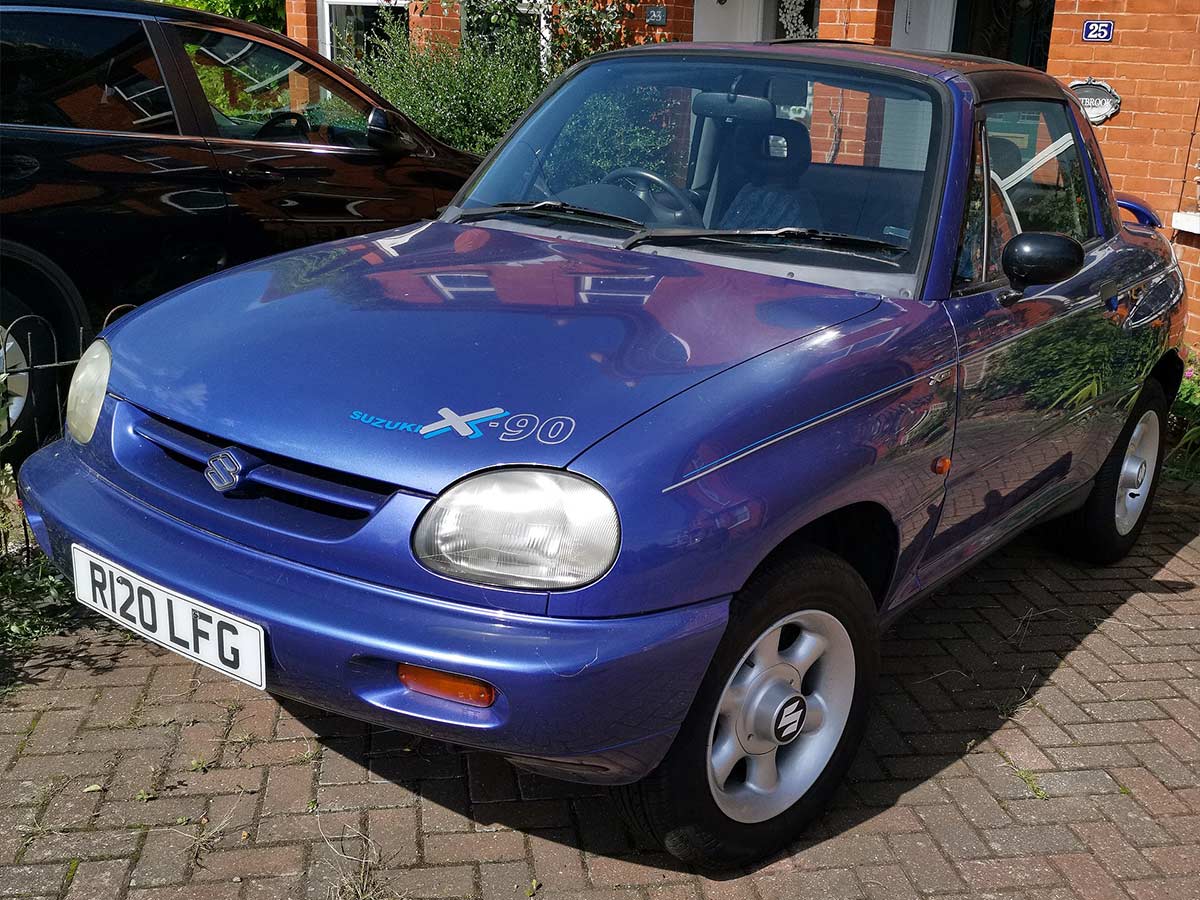
When Suzuki released the X-90 model in the 1990s, they were attempting to make a newer, better sports car. However, what they ended up with was one of the strangest-looking and poorly performing cars in the company's history. For one thing, the X-90 was just ridiculously tiny. Sports cars are supposed to be small and sleek, but this was just ridiculous.
But its tiny stature wasn't the only thing that went wrong with the X-90. When people think of sports cars, they think of speed and power, but this one had none! This tiny car was equipped with a tiny engine that made accelerating a slow, tedious process. It was doomed to fail from the start.
Reliant Robin
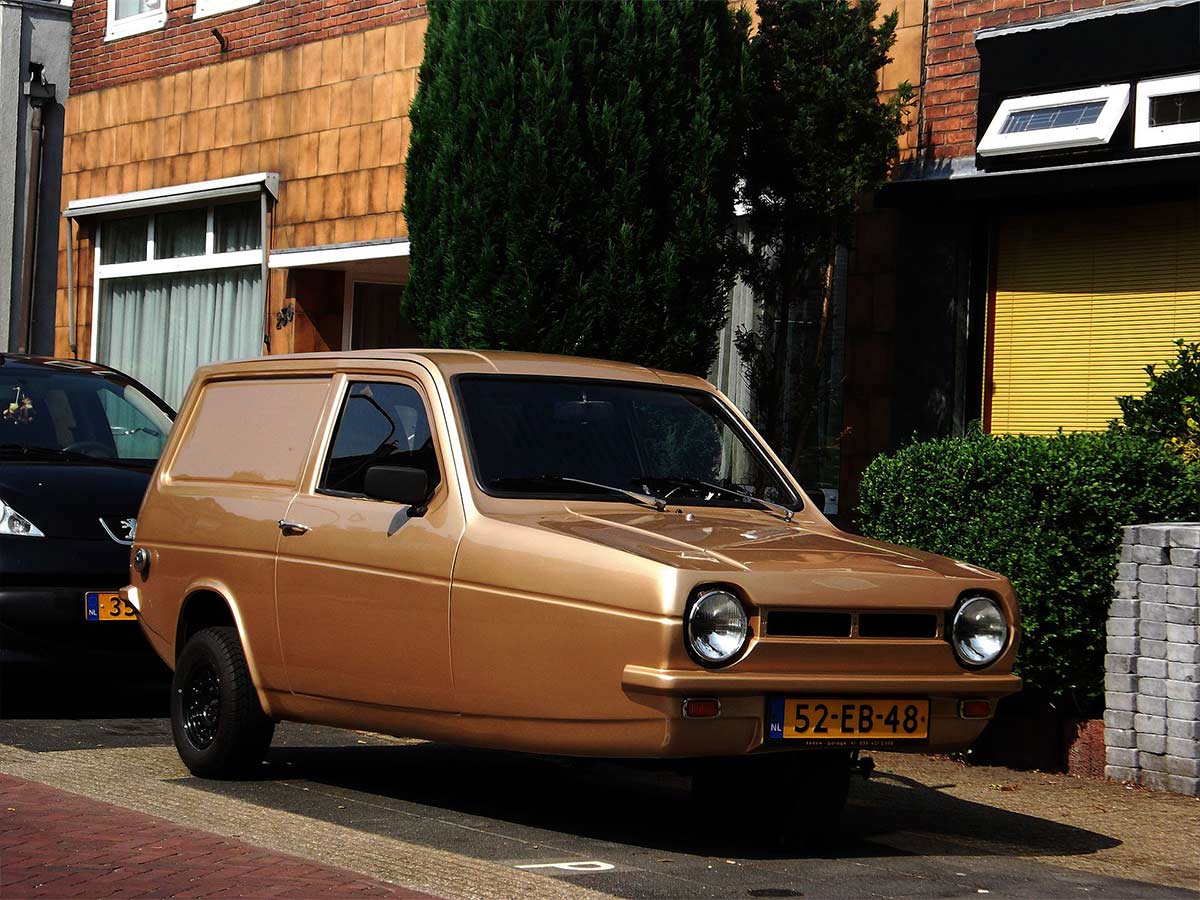
No offense to our friends across the pond, but Great Britain has released some truly terrible cars over the years. But the worst of the worst has to be the Reliant Robin, which first premiered in 1973. There's a reason cars aren't built with three wheels, and this monstrosity proves why.
In addition to looking patently ridiculous, this three-wheeled car was terrible when it came to stability and safety. Its super lightweight design combined with only three wheels meant that you were likely to topple over if you took any turn too fast—that is, if your steering wheel didn't pop off first, which was known to happen with the car.
Chrysler PT Cruiser Convertible
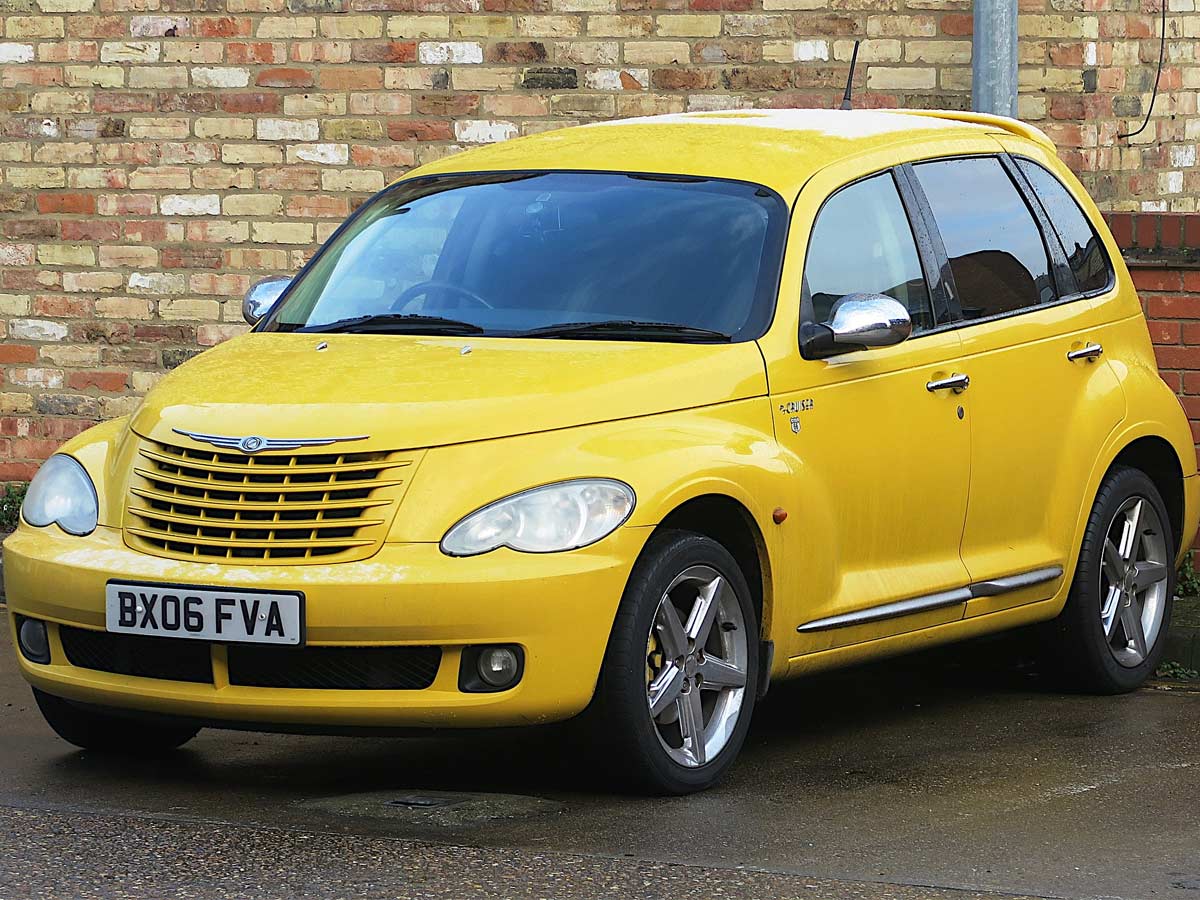
The PT Cruiser is a controversial car. Some people think they look adorable, while others can't stand the squat, retro look. However, the convertible edition of the PT Cruiser is pretty much universally loathed, and we can understand why. It's got some seriously questionable design flaws, no matter how you look at it.
Because of its missing roof, the PT Cruiser Convertible had some issues with the strength of its structure. To reinforce things, Chrysler, in its infinite wisdom added a huge bar between the front and back seats. That might have helped improve the car's structural integrity, but it's also one of the weirdest and ugliest designs of all time.
REVA G-Wiz
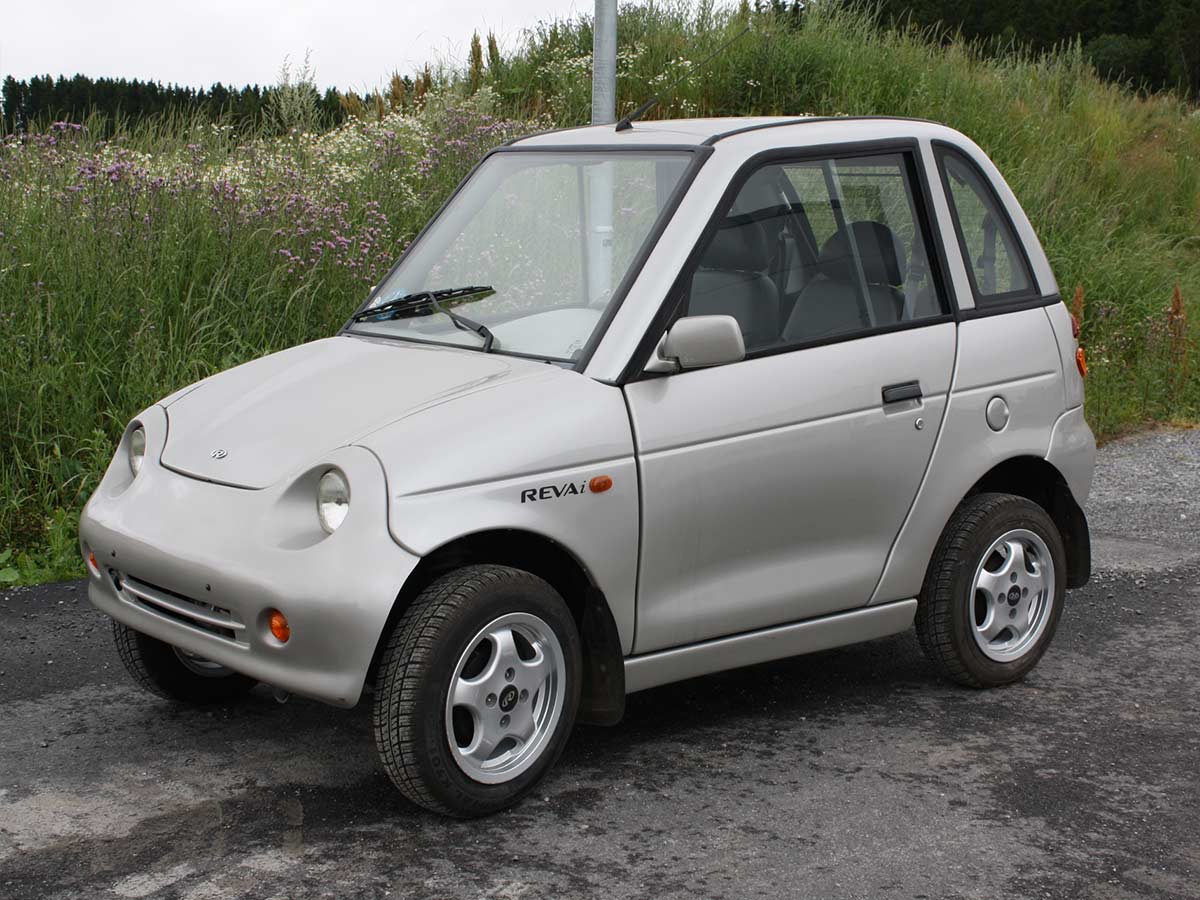
Tiny cars are never going to win over fans who prioritize design and style in their vehicles, but the REVA G-Wiz has many more problems than just being small and ugly. This minuscule electric car first hit the roads in 2001, and it was trouble from the beginning for the G-Wiz.
The car was marketed as being able to hold up to four people, but anyone who has seen the car knows that there's no way that could actually happen. Some drivers actually felt cramped when they were the only ones in the car! On top of that, the G-Wiz became difficult to control as it approached 50 mph, meaning you had to decide between driving slow or risking your life.
Austin Allegro

Austin-Morris released the Austin Allegro in 1973 as a replacement for the Austin 1100, which was a beloved model in Great Britain at the time. However, the new Allegro was nothing like the 1100, and people quickly realized that it was an inferior alternative in every way.
Some people took issue with the design of the car, saying it was much uglier than previous models. However, the real problem with the Allegro was under the hood. The front axle on this model was known to break completely, sometimes while the car was still in motion! This was definitely a swing and a miss from Austin-Morris.
Horsey Horseless

Poorly designed vehicles aren't just a problem in the modern era—people have been making crappy cars since cars first existed! Case in point: the Horsey Horseless. This carriage was invented near the turn of the 20th century, but it thankfully never took off with consumers in any major way.
This proto-car was designed with a hollow, wooden horse head at the front. This was during the time when automobiles still shared the road with real-life horses and carriages, and the designer thought that the fake horse head would keep the real ones from getting scared of cars. The idea was kind of ingenious, but the execution was ridiculous!
Chevy SSR
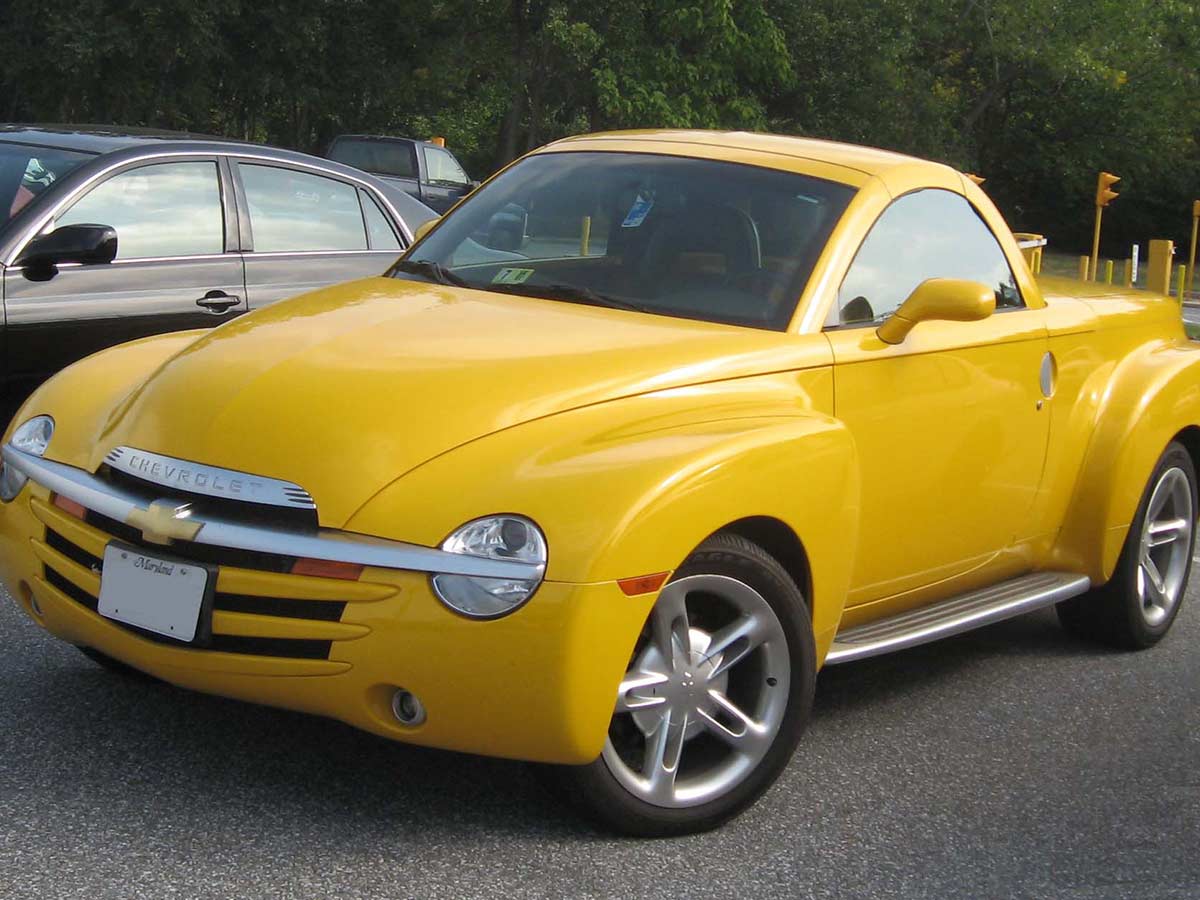
When Chevy was designing their SSR model in the early 2000s, they wanted a vehicle with a vintage, hotrod look. That might have been a good idea in theory, but Chevy was unable to deliver a stylish, high-performance hotrod and instead gave the world a sluggish, goofy-looking vehicle.
While the SSR may have looked slick enough, once you got under the hood you quickly realized that this was no genuine hotrod. A lot of the parts for the SSR were borrowed from Chevy SUVs, which meant that the car was slower and much less powerful than buyers were expecting.
2002 BMW 7-Series
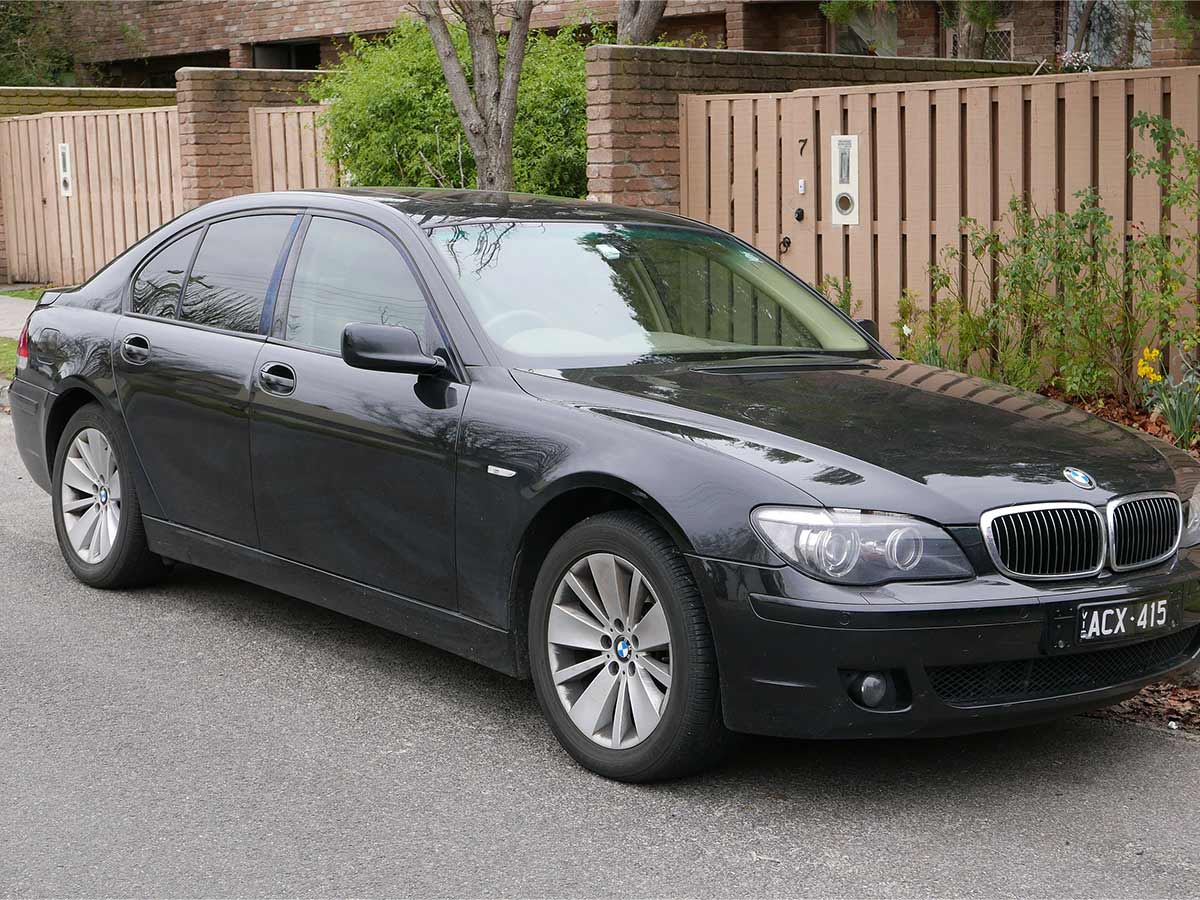
BMW has been producing their 7-Series since 1977, and, honestly, like most things BMW produces, it's not a bad car by any stretch of the imagination. However, its had a few hiccups in its past that have put a dent in its reputation. One of the worst of the series came out in 2002.
The 2002 BMW 7-Series was just a little too ambitious when it came to special features. This model came with iDrive, which was a central console dial that could control everything from the radio to the A/C. However, the scrolling dial format was difficult to learn, making it hard for drivers to adjust even basic things in their cars.
Ford Excursion
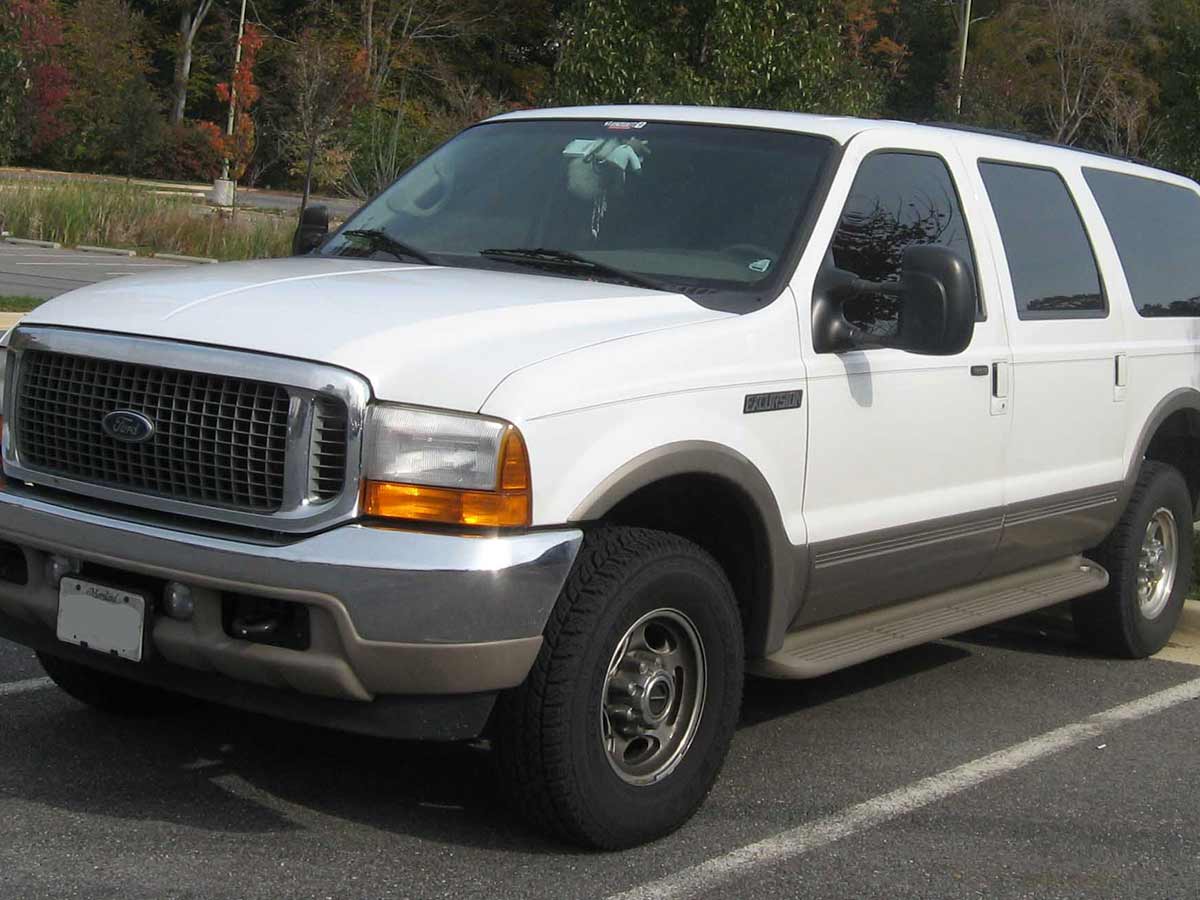
Everyone gives grief to Hummer for coming up with such massive vehicles, but they're not the only offenders. Wanting to capitalize on the success of the Hummer H2, Ford created the Excursion, which was their take on the unnecessarily huge SUV. Weighing in at a whopping 7,000 pounds, the Excursion was a bigger vehicle than anyone needed.
Ford marketed the Excursion as perfect for farmers and other folks who hauled heavy stuff for a living, but it, unfortunately, became a hit among suburban types, so you were just as likely to see one rumbling down main street as you were one in its natural rural environment.
1998 Fiat Multipla

That's not a science experiment gone wrong that you're looking at—that's just Fiat's 1998 Multipla. For reasons beyond us, Fiat designed the Multipla to look like an insect with multiple pairs of eyes, and that was just the beginning of this car's design woes. It was straight-up ugly from top to bottom!
In addition to the unnecessary multiple pairs of headlights, the car's design made it look like Fiat had simply smashed two cars together. All of these bizarre design choices were edited out of future models of the Multipla, but that can't erase this terrifying image from our minds.
1984 Maserati Biturbo
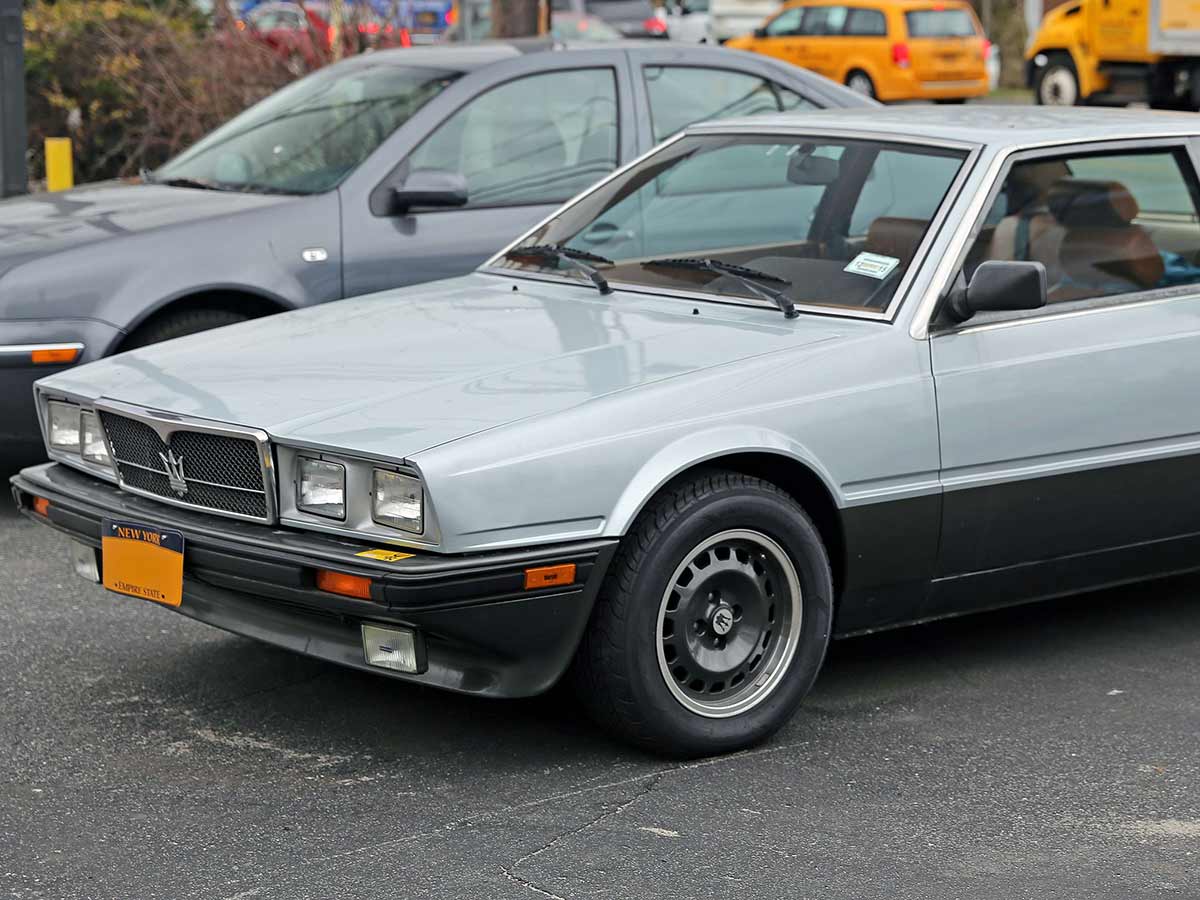
The Maserati Biturbo is not the most beautiful car around, but when it was originally released in the 1980s, it didn't look out of place. But while the Biturbo may have been acceptable aesthetically, it was clearly designed poorly when it came to how it actually ran.
Owners of the 1984 Biturbo experienced no shortage of problems with their new vehicles. Parts would break and burn with regularity, and the car racked up service advisories at an alarming rate. If you're looking for a reliable car, look somewhere else besides the Maserati Biturbo.
Chevrolet "Iron Duke" Camaro
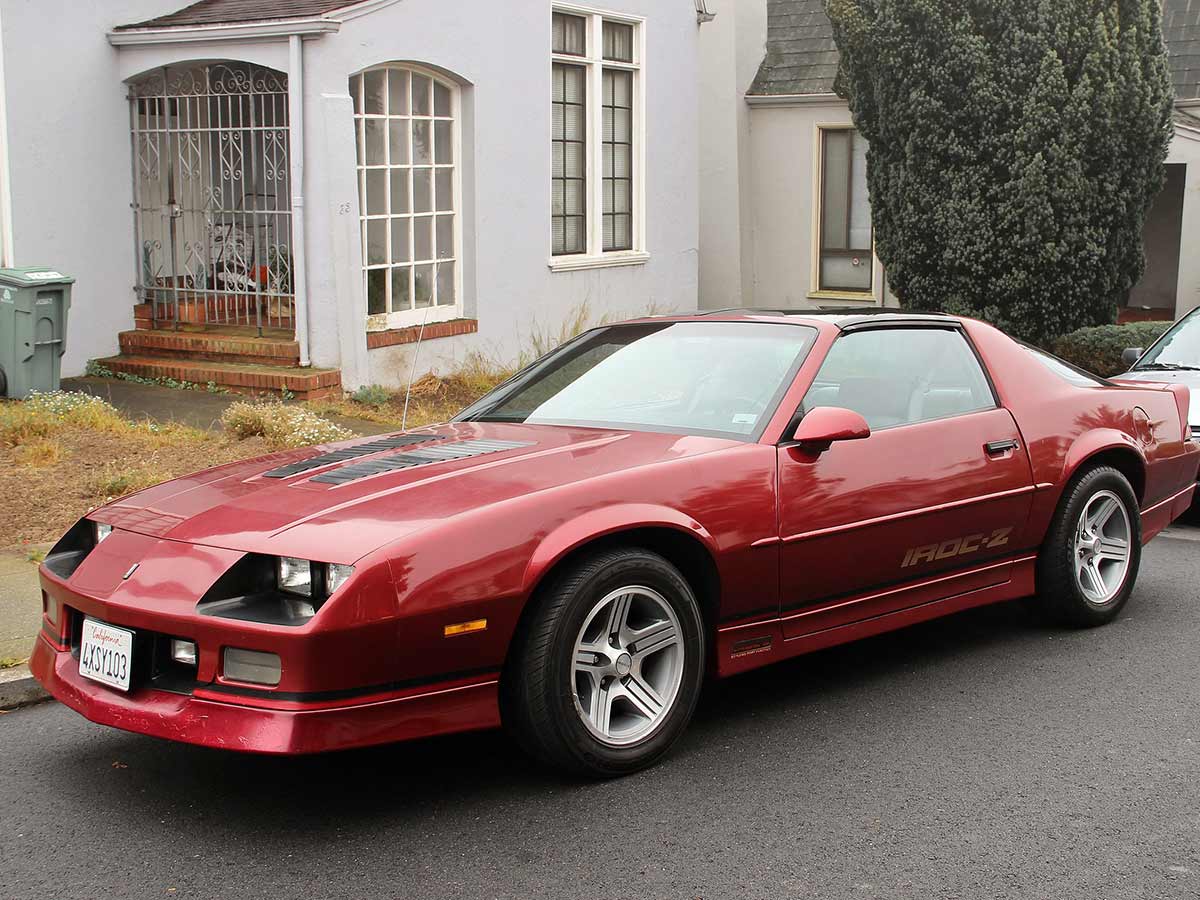
Is there anything cooler than a Camaro? Over the years, Chevrolet has produced some truly amazing vehicles in this line, but they really missed the mark with their 1982 Camaro release. It lacked basically everything that made the Camaro such an amazing car, and owners were disappointed to say the least.
The engine for the 1982 Chevy Camaro was nicknamed the "Iron Duke," but it didn't live up to this powerful-sounding moniker. It was one of the weakest engines that Chevy had produced in years, which meant that it took a full 20 seconds for the Camaro to accelerate from 0 to 60 mph. What's the point of a Camaro if you can't go fast?
Ferrari Mondial 8
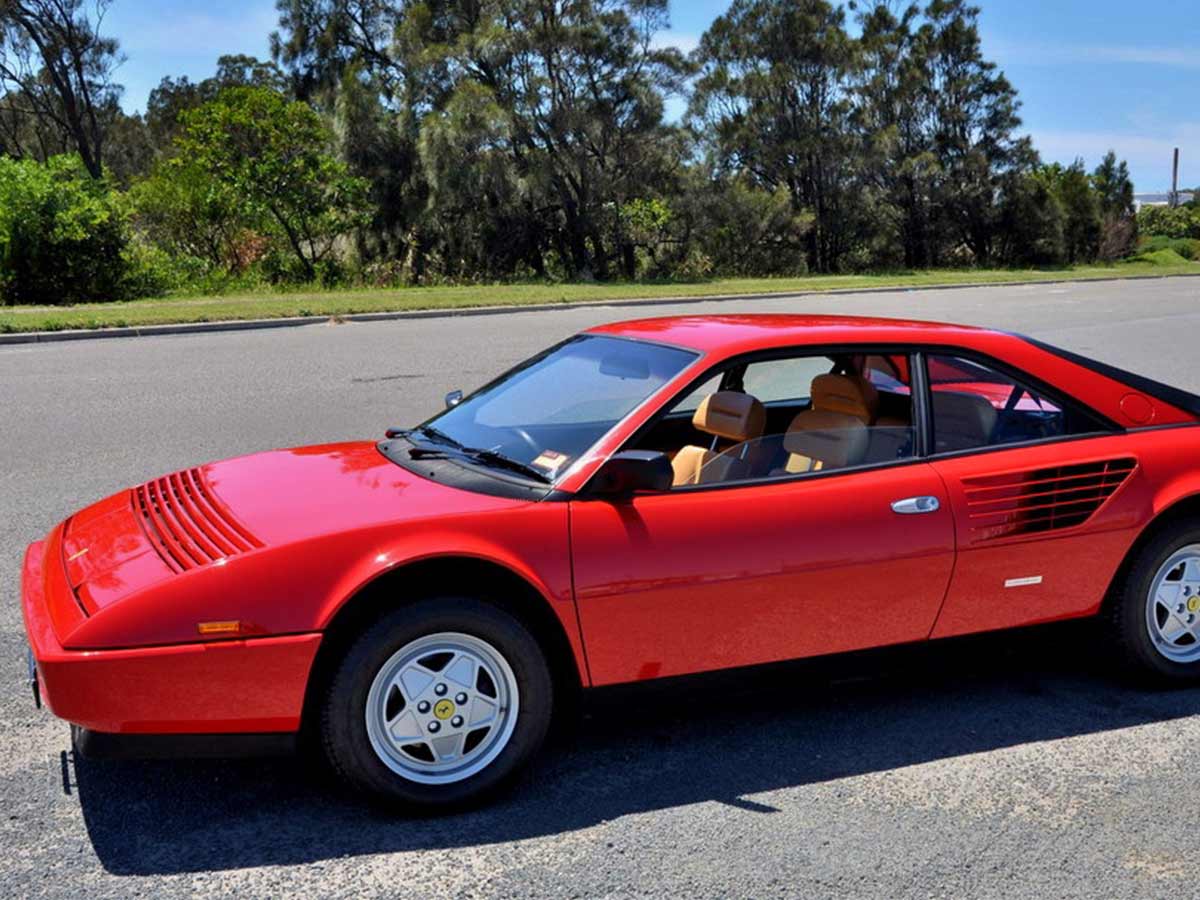
These days, Ferrari basically has an unimpeachable reputation among car connoisseurs. You can expect to pay dearly for one of their vehicles, but you can rest assured that you're getting one of the best and most stylish cars around. However, one of the company's worst missteps was the 1980 Mondial 8.
The engine for the original Mondial was modest, especially by Ferrari standards, which was its first mistake. However, what really made it terrible was the poorly made and installed electronics. Let's just say that owners of the Mondial got really familiar with what burning parts smell like. This is one car we're sure that Ferrari would rather forget.
AMC Pacer
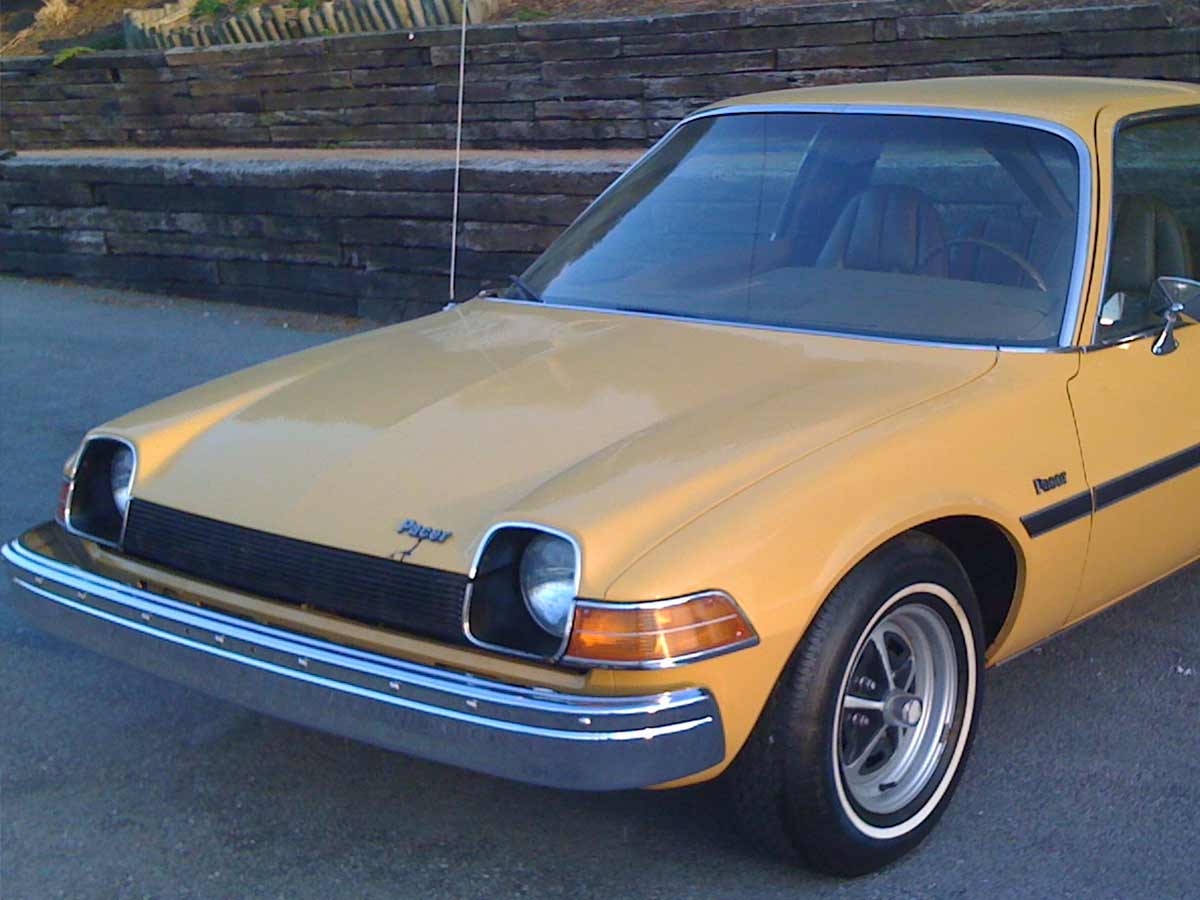
Calling the AMC Pacer one of the worst cars of all time isn't just talk—it was actually terrible enough to be voted the worst car ever in an official poll of car fans. Although it gets some nostalgic love for being featured in Wayne's World, actually owning one of these stinkers was no party.
One of its biggest sins (in addition to being really ugly) was its poor ventilation and cooling. While car A/C wasn't as good in the 1970s as it is today, the Pacer was terrible, even by the decade's standards. Some owners even reported seeing fumes from its plastic interior parts melting as they drove.
1974 Aston Martin Lagonda

It's honestly a little disheartening how many times luxury carmakers end up on this list. And one of the biggest disappointments of all time was Aston Martin's 1974 Lagonda. It has to be one of the ugliest-named cars of all times, but a bad name was honestly the least of its worries.
The 1974 Lagonda dreamed big when it came to technology and electronics. Unfortunately, the tech of the time just wasn't up to the job. Although all the gizmos and gadgets in the car looked very exciting and futuristic, it could be a real hassle to get them to work correctly.
Triumph TR7
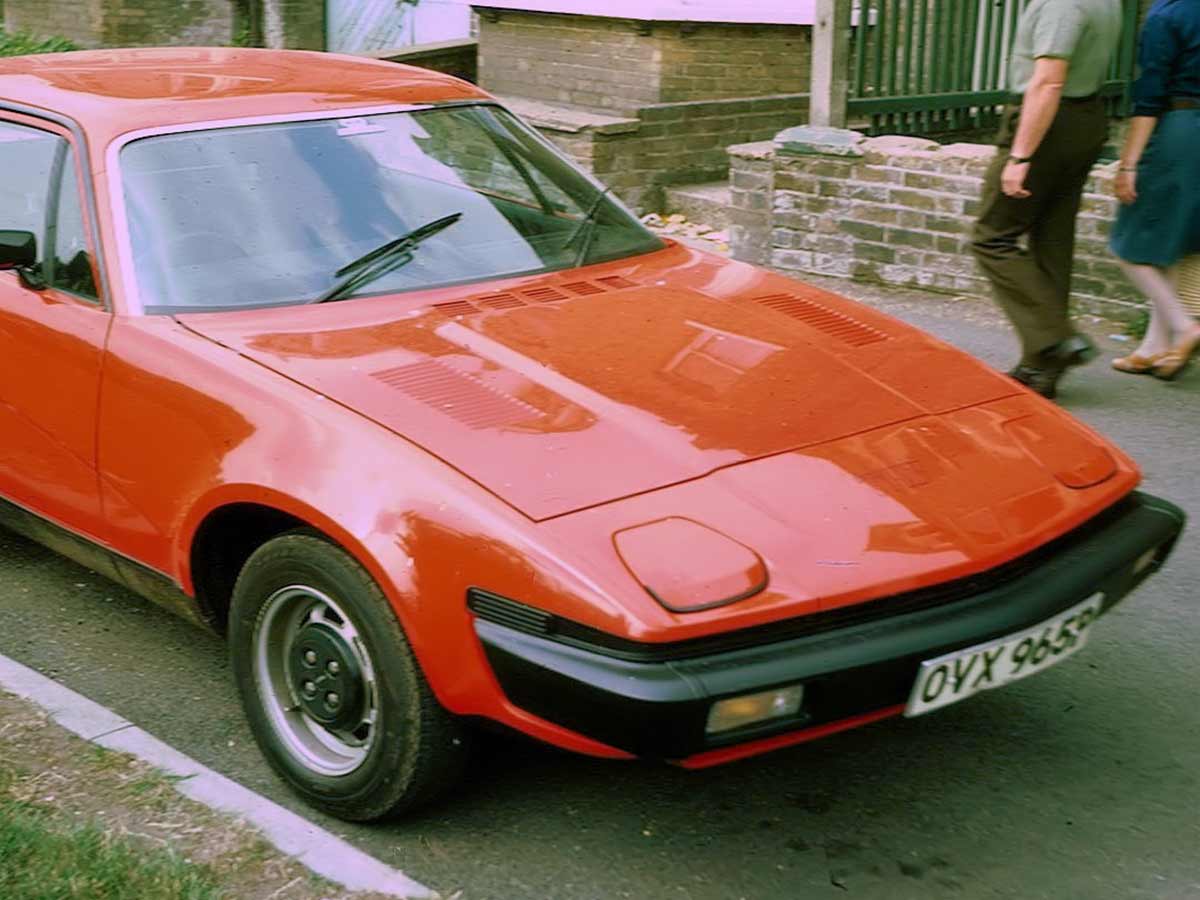
There's a reason that Triumph isn't a car company these days, and it has a lot to do with their major flop, the Triumph TR7, which was first released in 1975. The car looked nice enough if you're into the retro look, but it was all style and no substance. The TR7 was one of the worst-made cars of all time.
Pretty much everything on the TR7 could and did break, leading to major safety hazards (and major repair bills) for the car's owners. In addition to short circuits, carburetor problems, and faulty oil pumps, the car's sunroof wasn't watertight, which meant it leaked in when it rained.
Morgan Plus 8
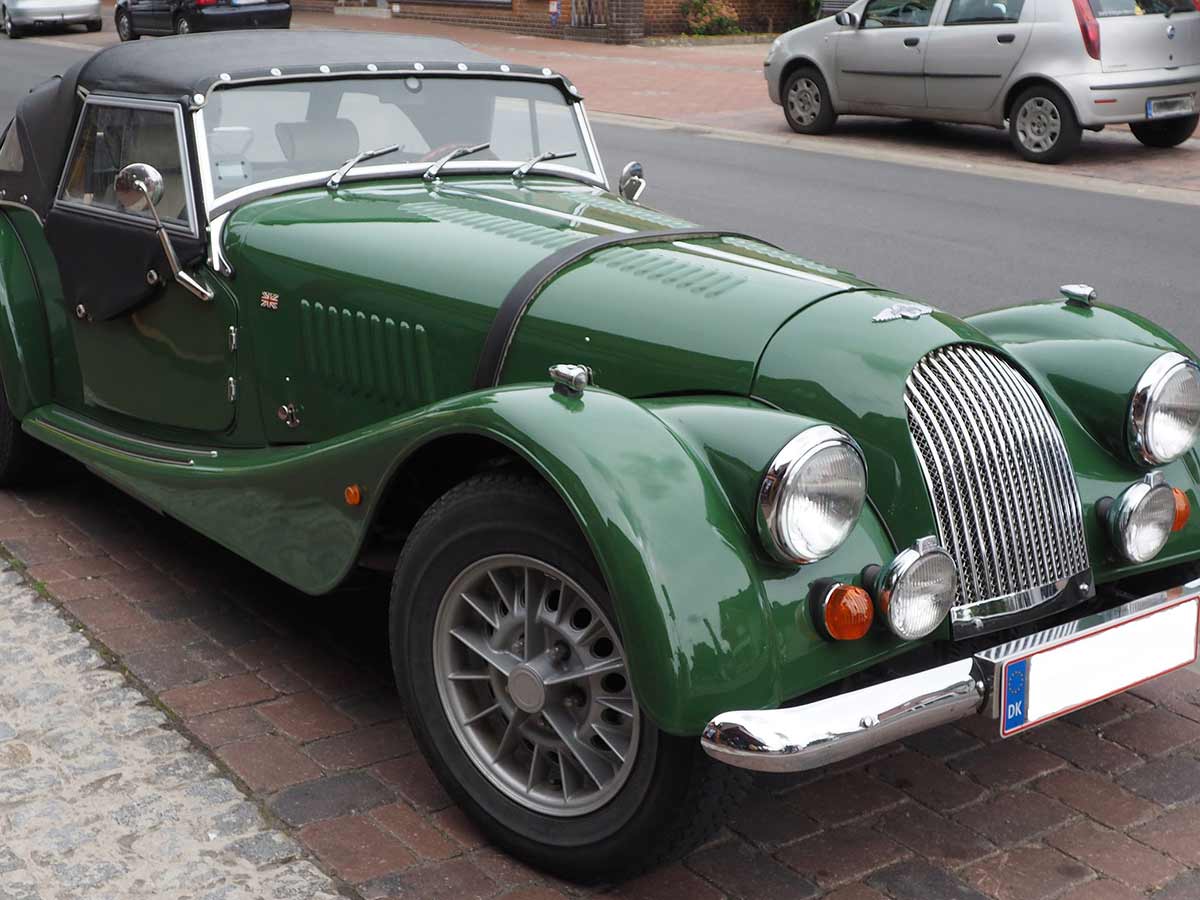
Changing emissions standards in the United States during the 1970s meant that many car manufacturers had to tweak their designs to get their vehicles in compliance. The British carmaker Morgan definitely wins the award for "weirdest way of circumventing emissions laws." Unfortunately, it also seems like a ridiculously unsafe way in retrospect.
To continue importing the Morgan Plus 8 line of vehicles, Morgan designed their cars to run on propane instead of gasoline. That sounds fine on paper, but in practice, the Plus 8 had a tank of propane hanging from its back bumper. Let's hope no one rear-ends you while driving one—things could get explosive!
Bricklin SV-1

When Bricklin released the SV-1 in 1975, they had safety in mind. In fact, the name SV-1 stands for "Safety Vehicle 1." Unfortunately, this was a vehicle that was safe in name only. It had some serious flaws that made people reconsider buying one.
The car's panels were made of plastic instead of metal, which was touted as being dent resistant, although it ended up being pretty flimsy in practice. Additionally, the car was much too heavy for the engine to handle, making performance another major issue with this blunder of a car.
Triumph Stag

Triumph may have been a major player in the British car game, but they had several blunders during the company's history. One of the biggest blunders was the Triumph Stag, which was originally released in 1970. Although it looked sleek and stylish on the outside, there was trouble lurking beneath the hood.
The Stag's biggest problem was its overheating, which sometimes led to engine fires. But if your Stag didn't catch fire, you could rely on at least a few timing chains breaking quickly, which could lead to some really costly repairs. Thankfully, this wasn't a particularly popular car when it was released, so at least not too many people had to suffer through it.
 Author
James Stephens
Last Updated: December 09, 2025
Author
James Stephens
Last Updated: December 09, 2025